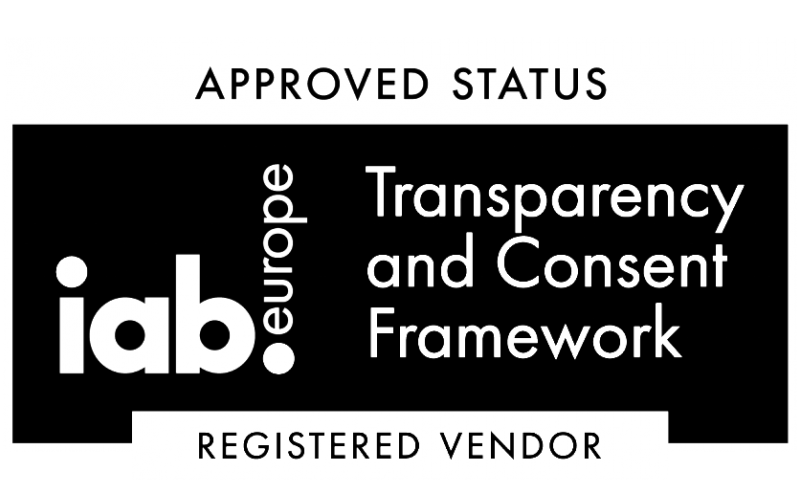Emily in Paris x Google: a Product Placement Revolution

Fans of Emily in Paris, the popular Netflix series, will have noticed that, during this latest season, Google Lens can scan the main character’s outfits as the episode unfolds. Under the slogan “lens this look to shop like Emily”, spectators are encouraged to participate actively in the show. This feature is a critical component of the partnership between Google and Netflix, which aims to introduce the tech giant to the entertainment world. It is a pact between titans that seeks to personalize the user’s experience and defy the concept of product placement as we know it.
During the last few years, product placement has suffered a considerable increment due to the viewers’ disenchantment with traditional advertising. Unlike traditional ads, which interrupt the flow of the content, product placement is naturally integrated into the plot or scenario, making it less intrusive and more effective. In the following paragraphs, we will review the concept of product placement and introduce the term “dynamic product placement”, a new form of advertising gaining more and more followers.
What is Product Placement
Product placement is a marketing technique that exposes a particular product or brand within the audiovisual space. It is not made randomly; advertisers conduct several prior case studies to decide which spot will reach the desired audience. The practice of product placement dates back to 1896 when the Lumiére brothers included the Sunlight soap brand in their film Washing Day in Switzerland.
Since then, product placement has been commonly used in various entertainment media, such as films, television programmes, video games, music and online content. Brands pay to include their products in these media through direct agreements with producers or specialized product placement agencies.
What Makes Product Placement so Effective?
Generates emotional attachment for an audience: product placement can generate an emotional attachment for audiences who may associate a product with something meaningful.
Influences customers’ opinions: Depending on how the brand is depicted, product placement can help influence a customer’s opinion of a company.
Focuses on content: When consumers watch a television show or play a video game that contains product placement, they focus solely on the content instead of being distracted by traditional advertisements that they may mute or fast-forward through.
Boosts brand recognition: brand recognition involves customers remembering your brand by recognizing a slogan or logo. Product placement boosts brand recognition for companies when consumers repeatedly see this advertisement, which can attract customers and help a company grow.
Dynamic Product Placement
According to Kantar Media, product placement accounts for 75 % of the USA’s network programs. Similarly, a Telecoming’s report on the state of streaming reveals that more individuals are using streaming services than ever before.
In this regard, dynamic product placement (virtual product placement) has revealed itself as the future. Using AI technology, virtual product placement dynamically inserts a brand into digital content through product, signage, or video. The basic idea of this strategy is always the same: the included product changes according to who pays for it but also according to who sees it. Audience segmentation, therefore, plays a vital role in dynamic product placement.
Although this is an evolving technique, many corporations are implementing it with incredible results. Netflix, for example, has sponsored its series with Google, but other companies, such as Univision or Amazon, are also using dynamic product placement. As technology develops and the industry continues experimenting, dynamic product placement can be expected to play an increasingly important role in television advertising and the video market.
Dynamic product placement is an effective form of advertising and a way to improve the viewer experience. Ads are more integrated with content, making them better tolerated by viewers. As a result, this model can help increase viewer engagement and ad effectiveness.
Wrapping up, dynamic product placement is transforming the advertising landscape in the entertainment industry. Traditional methods of product placement, already influential in creating emotional connections and boosting brand recognition, are now being enhanced with AI-driven techniques that tailor ads to specific audiences. This personalized approach benefits brands by reaching targeted consumers and enhances the viewer’s experience by seamlessly integrating products into the content they enjoy. Actions like the one by Netflix aim to make the spectator an active participant in the narrative. As streaming platforms and technology continue to evolve, dynamic product placement is likely to play a pivotal role in the future of advertising, bridging the gap between entertainment and commerce in a way that feels natural and engaging for viewers.
Stay tuned!

- Contacto DPO: privacy@telecoming.com
- Finalidad del tratamiento: suscripción al blog.
- Legitimación del contrato: consentimiento.
- Destinatario de cesiones o transferencias: no se efectúan transferencias de datos fuera de la UE.
- Derechos de las personas interesadas: acceso, rectificación, supresión, oposición, limitación del tratamiento, portabilidad de los datos e interposición de reclamación ante la AEPD.



